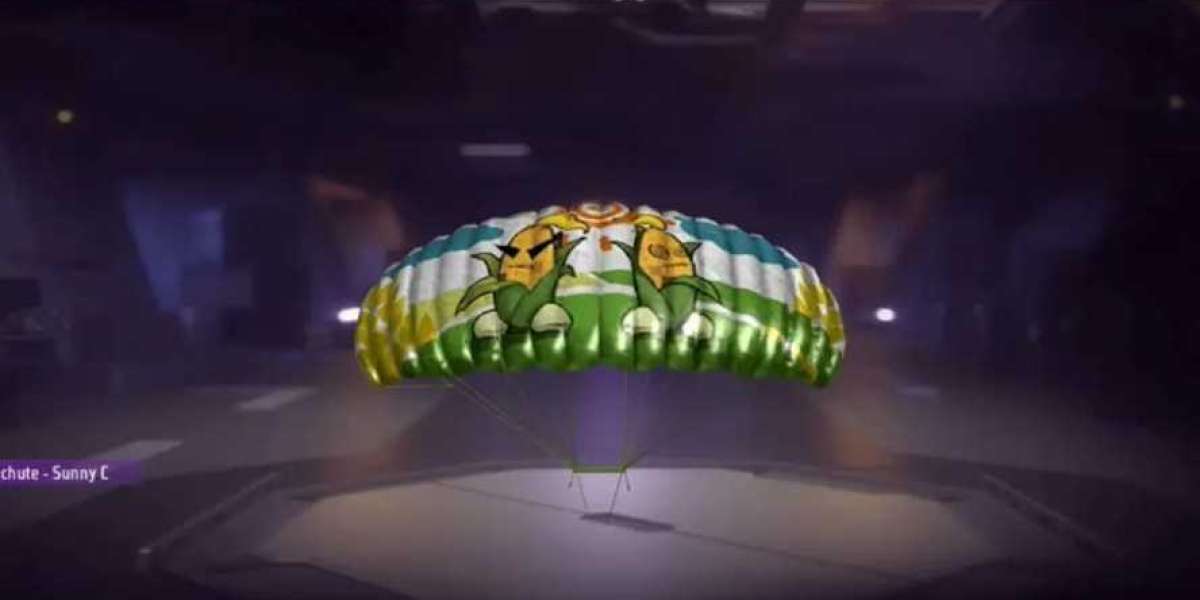Driving represents a rite of passage for many teenagers, marking a newfound sense of independence and responsibility. However, before hitting the open road, aspiring young drivers must navigate through the process of obtaining a junior driver's license.
From obtaining a learner's permit to passing the road test, this journey is filled with important steps and considerations. In this guide, we'll break down the essential stages of the junior driver's journey, ensuring a smooth transition from permit holder to licensed driver.
Understanding the Junior Driver's License
A junior driver's license is a milestone for teenagers, granting them the privilege to drive independently with certain restrictions.
These restrictions vary depending on state laws but commonly include limits on nighttime driving, passenger restrictions, and mandatory supervision by a licensed adult driver.
Obtaining a Learner's Permit
The first step in the journey towards a junior driver's license is obtaining a learner's permit. Requirements for obtaining a learner's permit typically include passing a written knowledge test covering traffic laws, road signs, and safe driving practices.
Additionally, applicants may need to pass a vision screening and provide proof of identity and residency.
Preparing for the Written Knowledge Test
Preparing for the written knowledge test is crucial for success. Many states provide study materials, such as driver's manuals and online practice tests, to help applicants prepare.
It's important to review these materials thoroughly and familiarize oneself with traffic laws, road signs, and defensive driving techniques.
Practicing Behind the Wheel
With a learner's permit in hand, the next stage of the journey involves gaining practical driving experience under the supervision of a licensed adult driver.
During this stage, novice drivers have the opportunity to develop essential driving skills, including steering, braking, accelerating, and navigating different road conditions.
The Importance of Supervised Practice
Supervised practice is essential for building confidence and competence behind the wheel. It's recommended that novice drivers practice in a variety of environments, including residential streets, highways, and parking lots, to gain exposure to different traffic scenarios and challenges.
Taking Driver Education Courses
Many states require or offer driver education courses as part of the junior licensing process. These courses provide structured instruction on traffic laws, safe driving practices, and the dangers of impaired and distracted driving.
Completing a driver education course may also be a requirement for obtaining a junior driver's license.
Benefits of Driver Education Courses
Driver education courses offer numerous benefits, including comprehensive instruction from qualified instructors, hands-on driving experience, and opportunities for interactive learning.
Additionally, completing a driver education course may lead to insurance discounts and improved safety outcomes for young drivers.
Passing the Road Test
The final hurdle on the journey to a junior driver's license is passing the road test. This practical examination evaluates a driver's ability to safely operate a vehicle in real-world conditions, including turning, parking, changing lanes, and responding to traffic signals and signs.
Preparing for the Road Test
Preparation is key to success on the road test. Novice drivers should practice driving skills regularly and review the driving test criteria provided by their state's Department of Motor Vehicles (DMV).
Additionally, it's important to ensure that the vehicle being used for the road test is properly maintained and in good working condition.
Obtaining the Junior Driver's License
Upon successfully passing the road test, novice drivers are eligible to obtain their junior driver's license. This exciting milestone grants teenagers increased freedom and independence on the road, but it also comes with important responsibilities and restrictions that must be adhered to for safe driving.
Adhering to License Restrictions
It's essential for junior drivers to familiarize themselves with the restrictions and requirements associated with their junior driver's license.
Common restrictions may include limits on nighttime driving, passenger restrictions, and mandatory supervision by a licensed adult driver for a specified period.
Conclusion
The journey from permit to license is an exciting and rewarding experience for teenage drivers. By understanding the essential stages of the junior driver's journey and taking proactive steps to prepare and practice, novice drivers can navigate this process with confidence and responsibility.
Remember, safe driving habits learned early on lay the foundation for a lifetime of safe and responsible driving.








